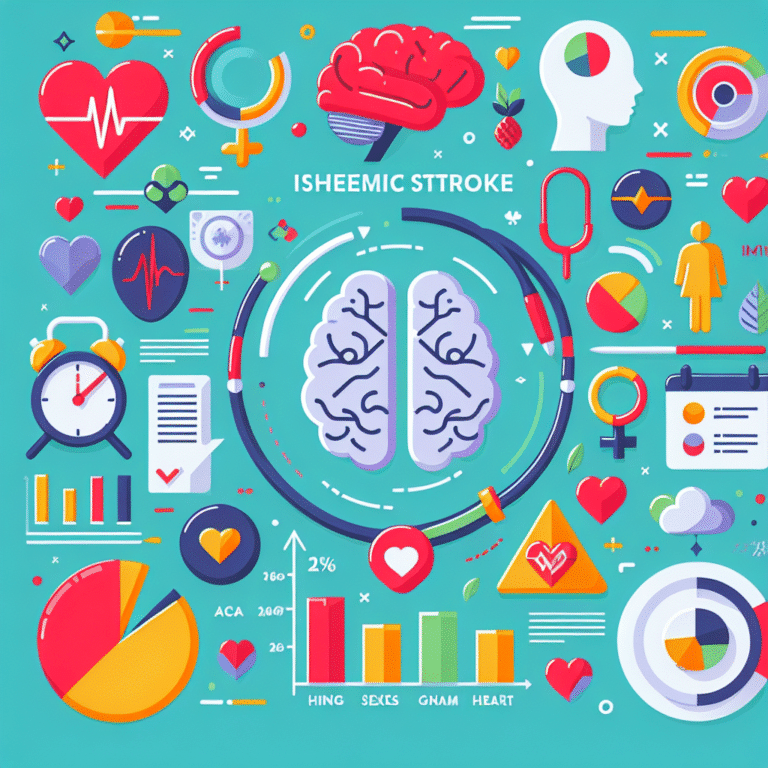Summary
- ASMR and ASDR trends for ischemic stroke in young adults in China decreased from 1990 to 2019.
- The study aimed to analyze the burden of ischemic stroke and its risk factors in young adults in China.
- The researchers analyzed trends in ASMR and ASDR for ischemic stroke using data from 1990 to 2019.
- Findings showed a decrease in ASMR and ASDR for ischemic stroke, with variations in risk factors by sex.
- The study concluded that preventive measures for metabolic, behavioral, and environmental risks are crucial in reducing the burden of ischemic stroke in young adults.
A recent study in China has revealed a promising trend: the number of young adults dying from ischemic stroke has significantly decreased between 1990 and 2019. The research showed a steady decline in deaths caused by this type of stroke, with both the age-standardized mortality rate (ASMR) and age-standardized death rate (ASDR) dropping over the years.
The researchers noted that the drop in ASMR and ASDR is linked to improvements in dealing with risks related to metabolism, behavior, and the environment or workplace, which suggests that young adults in China are generally getting healthier. Interestingly, the study found that women not only had lower death rates from ischemic stroke compared to men but also experienced a quicker decline in these rates over time.
The study also pointed out specific risk factors that continue to impact the likelihood of dying from an ischemic stroke. High body-mass index (BMI) and air pollution from tiny particles in the air were found to increase the risk for both men and women. Conversely, some dietary risks, like eating a lot of red meat, are becoming less of a factor in stroke-related deaths.
Looking ahead, the researchers predicted that over the next ten years, certain risk factors like high blood pressure, high levels of LDL cholesterol (the “bad” cholesterol), and high blood sugar levels will likely increase the risk of ischemic stroke. They stressed the need for focused efforts to tackle these risks and reduce the overall number of young adults affected by this type of stroke in China.
In summary, the study offers important insights into what drives ischemic stroke deaths in young adults and highlights the critical role of preventive measures and public health strategies in improving heart health across the population.
Neurology, Public Health & Prevention, Cardiology, Epidemiology


